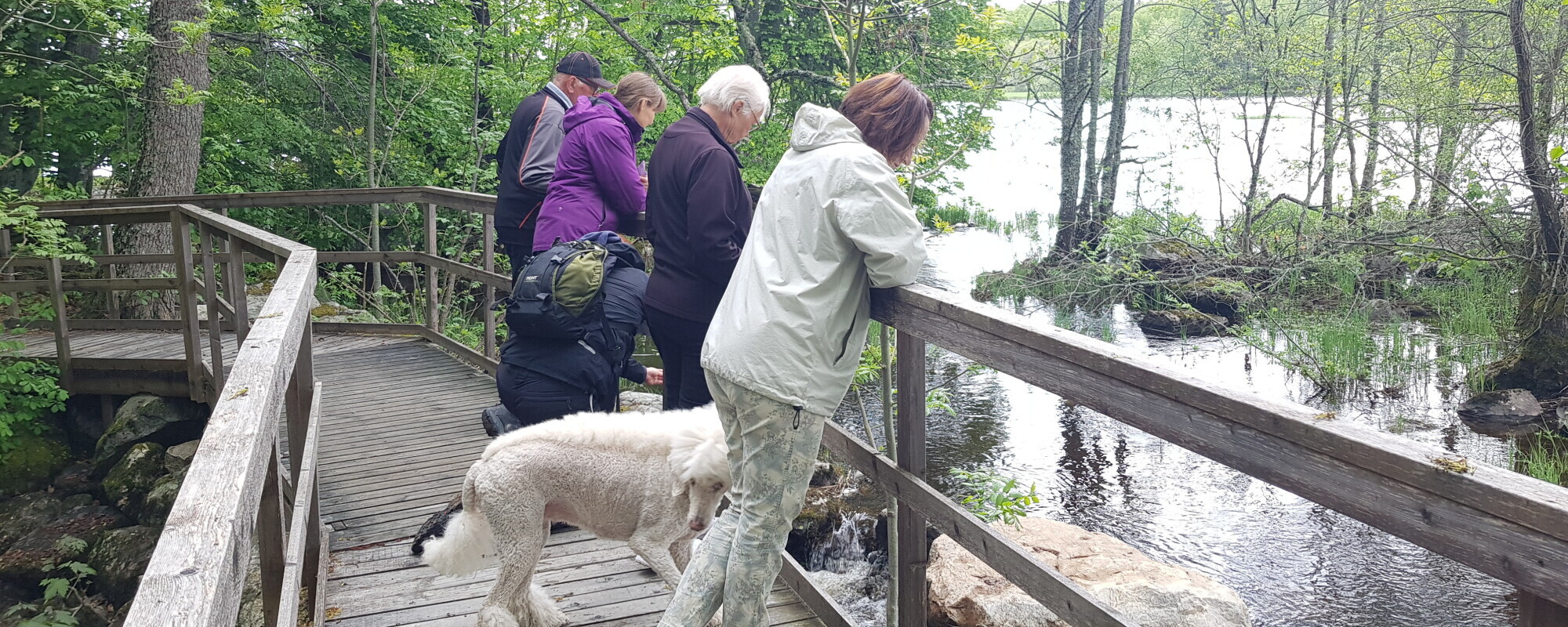A Biosphere Reserve has three main objectives: to
develop society in a long-term sustainable way, to
conserve biological and cultural diversity, ecosystems and landscapes, and to
support demonstration projects, research and environmental monitoring. At the local level, we strive to apply these objectives in the best possible way in practice in the area and in collaboration with concerned stakeholders.
In the Nedre Dalälven River Landscape Biosphere Reserve, we work primarily within four focus areas: Sustainable tourism and hospitality, Sustainable fishing and fishery conservation, Open landscape, and Biological mosquito control.
You can read more about these here.
A Biosphere Reserve chooses its focus areas according to the area’s challenges, needs, resources, etc., as well as interest in the area. The development of sustainable tourism is a natural choice for many Biosphere Reserves, as one of the many criteria to be a Biosphere Reserve is that the area has a unique natural and cultural environment, and thereby also often faces challenges in terms of sustainable experiences, accommodation, etc. If we look out into the world, we can see, for example, that the
Rhön Biosphere Reserve in Germany has “Sustainable mobility” as one of its focus areas. In Rhön, initiatives are underway to, for example, develop ride-sharing, cycling paths, charging stations and bus rides. In the
Menorca Biosphere Reserve, they are addressing issues concerning waste management and recycling of sorted materials. A third example comes from
Spain, which has long been developing brands, both national and regional, for locally produced food and other products.
 Photo: Magnus Pamp
Photo: Magnus Pamp
 Photo: Magnus Pamp
Photo: Magnus Pamp